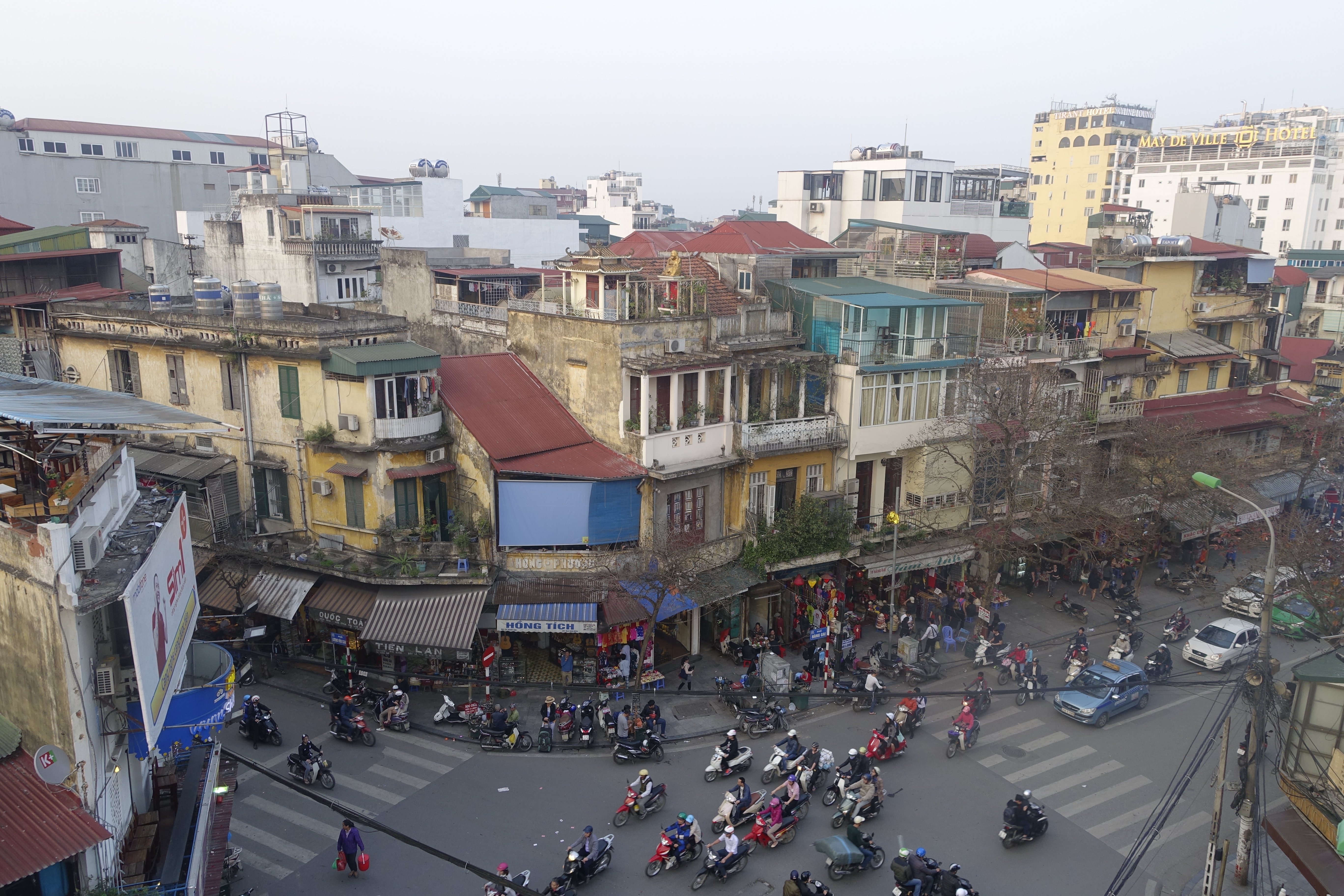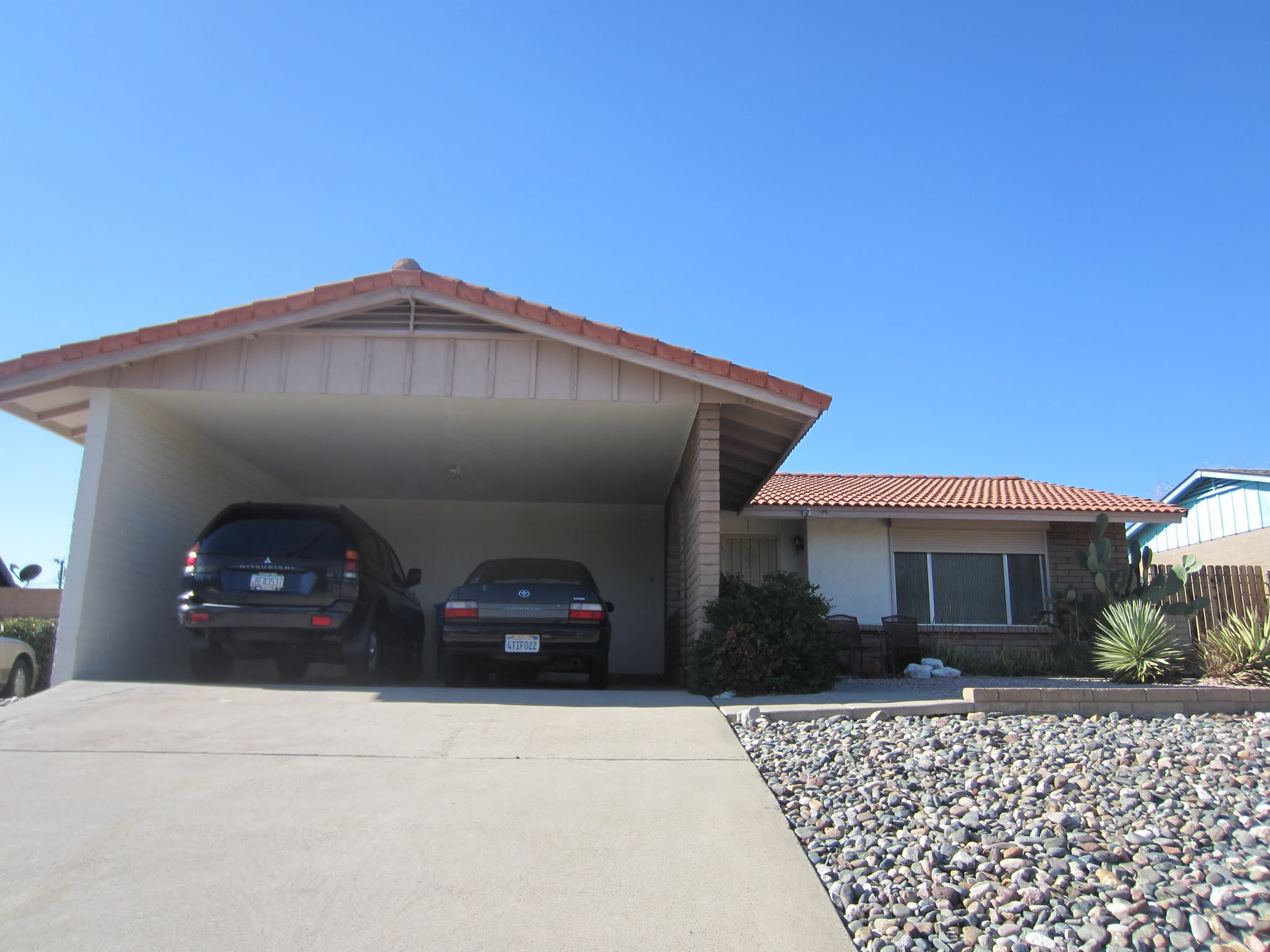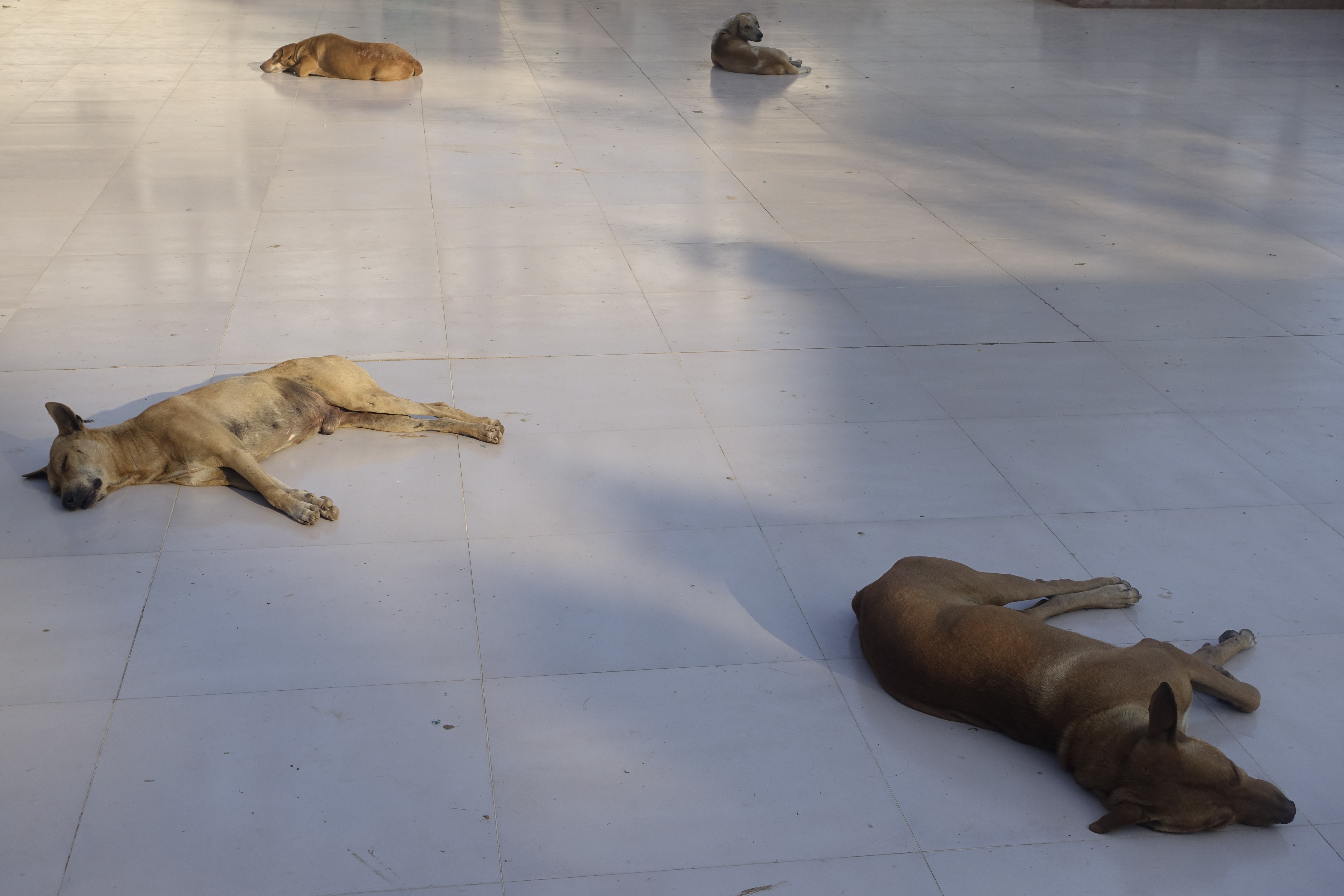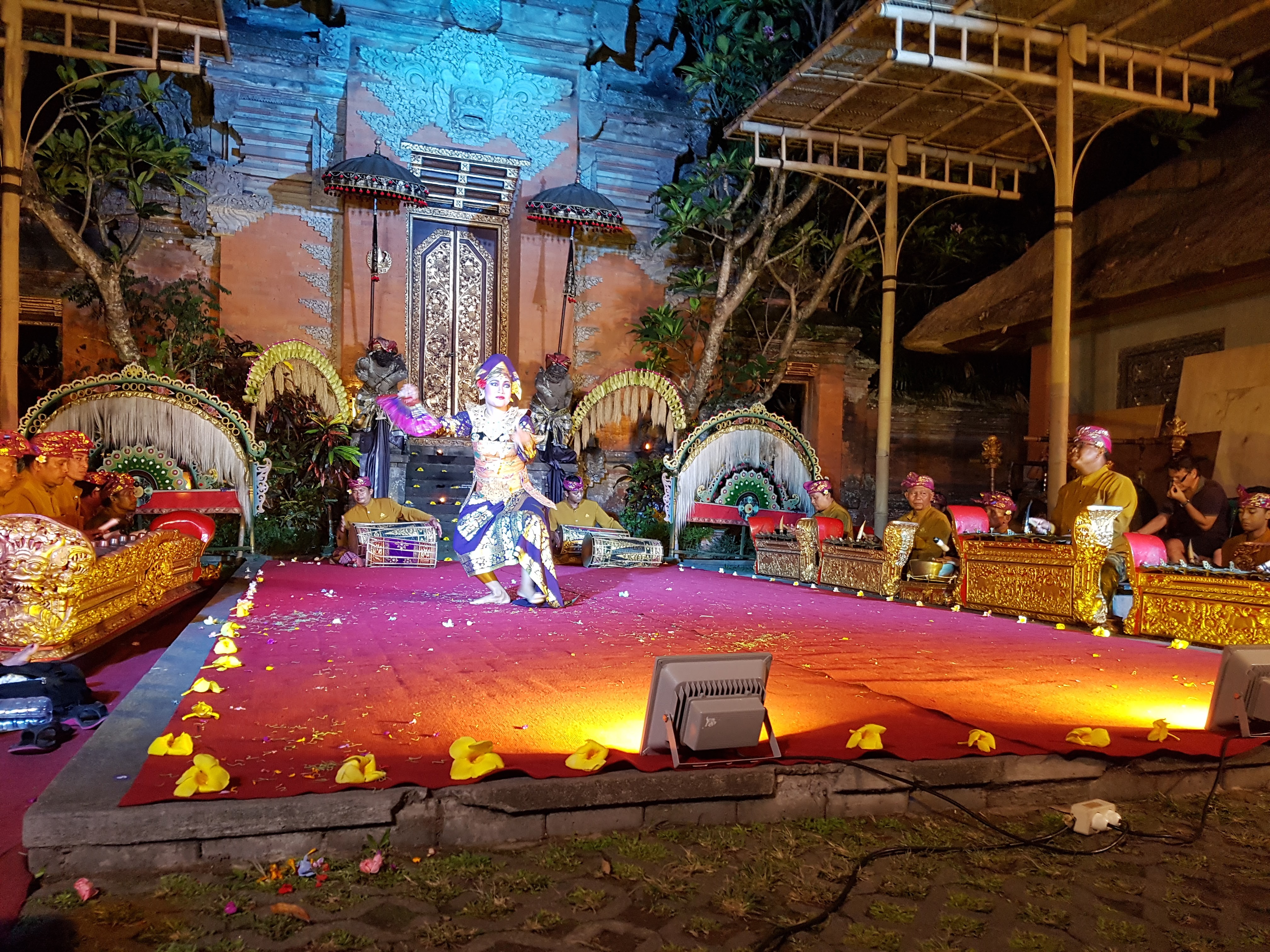Phoenix, Arizona, United States
Photos:
Hanoi came as a shock after more than a month in sleepy Laos and underdeveloped Cambodia: the lights, the energy, the sophistication, the sheer density. For a city boy like me, it came as a relief.
Unlike Saigon, which feels sprawling and mostly modern, Hanoi has retained its Old Quarter, complete with narrow lanes, food stalls, grime, chickens in the street, and the sort of chaotic stew you find at the heart of premodern cities, from Jerusalem to Varanasi. The Old Quarter is not a museum, the way the historic parts of Hoi An or Malaysia’s Georgetown have become. Yes, there are tourists and hotels and souvenir and tour shops everywhere — including a daunting number of Sinh Tourist outfits, all trying to capitalize on the fame of the original — but there are also streets devoted to metal workshops, bamboo pole sales, and other things no tourist could possibly need. You can find yourself dodging sparks from an aluminum beam being cut in half as you walk to a famous banh mi shop. And the Old Quarter attracts not just foreign tourists, but locals and expats, who flock to its beer street for the crowded pubs and thumping nightclubs that spill out into the street.
Spirits in the city
On my first day, strolling past traditional weddings in the Old Quarter, I had the luck to stumble onto a lên đồng — a spirit mediumship ritual — at Bach Ma Temple, Hanoi’s oldest. The spirit medium sat at the center of it all, as her assistants changed her outfits for each dance, while the musicians sat off to the side. When she became a male spirit, she would take a shot of rice wine and a puff of a cigarette before beginning her performance. As she danced, at times she would throw money, and the spectators would lunge to grab whatever fell. The denominations were small, but the point was to gather the spiritual power associated with the cash.
Several people welcomed me, offered me a place to sit, gave me a free Diet Coke, and made me feel like it was OK to be there and watch. A young woman spoke a little English and offered to explain things to me, and she introduced me to an effeminate young man who would be dancing later. He wanted to take pictures with me, told me I was very handsome, and after a few minutes, he proposed marriage, which I gently declined.
Throughout the ritual, there was a surprising fluidity of gender roles. The lên đồng can go on for hours, so I left for a while, coming back at the time that my non-fiance said he’d be performing. He was one of several very queer-seeming drummers for a male dancer who was made up pretty much exactly as the female spirit medium had been earlier in the day.
Walking Hanoi
Away from the Old Quarter, Hanoi is a good walking city. I spent a fair amount of time just wandering: finding little street markets and temples away from the tourist areas, catching little bits of city life like a bunch of mall security guards doing pushups, discovering that the art college is next to the ministry of public security. Hanoi is the capital, with plenty of the signs and symbols of government: big houses for Communist officials, a Lenin statue, and of course Ho Chi Minh’s tomb. I tried twice to get into the tomb for a peek at the preserved remains of Uncle Ho, but I never managed it. It turns out that you have to get there very early, and not on a Saturday.
On one of my wanders, I sat down to watch some older men playing jainzi — a kind of kick volleyball, played with a feathered birdie — with impressive skill. I got to chatting with a young American who was as mesmerized as I was, and we spent the evening walking together, to art galleries and up past the opera house.
At some point we wandered over to the banks of the Red River. At least near the Old Quarter, Hanoi has not turned its riverfront into an attraction. To get there, you have to cross a highway and walk through a neglected little district of motorcycle shops and very old housing, past shrines for fishermen, and down to some sketchy restaurants and bars along the piers, where you can gaze out across the garbage-strewn reeds. It reminded me of what my Saigon friend had told me about her childhood, growing up in a shack down by the riverside there.
Balloons of fun
Later that night, the two of us met up with a couple of women I’d met the night before at a language-exchange Meetup. These two expats — one from Taiwan, the other a Chinese-Indonesian — more or less decided I was their friend for the duration of my visit, and they introduced me to a couple more friends of theirs: a German woman who was teaching at a German-language institute, a Vietnamese woman who’d spent time in America. Over the course of several days and nights — and punctuated by my trips out of Hanoi — we went out for Vietnamese food, Chinese food, clubbing in the Old Quarter, and Indian food and karaoke.Clubbing in Hanoi was a trip. It’s not generally my thing anywhere, and Hanoi’s clubs were packed but not all that impressive. The one thing that stood out, though, was how many people were sucking on balloons full of nitrous oxide. It seemed to be just a normal thing. I never saw anything like that anywhere else in Southeast Asia.
For the karaoke, we were joined by a Vietnamese-American friend I’d first met in Yangon, and then again in Saigon. It was nice, for a stretch, to feel like I was anchored somewhere and had an overlapping circle of friends. It’s how I hope things unfold when I arrive in Seoul, and it gave me confidence that I can make that happen.





